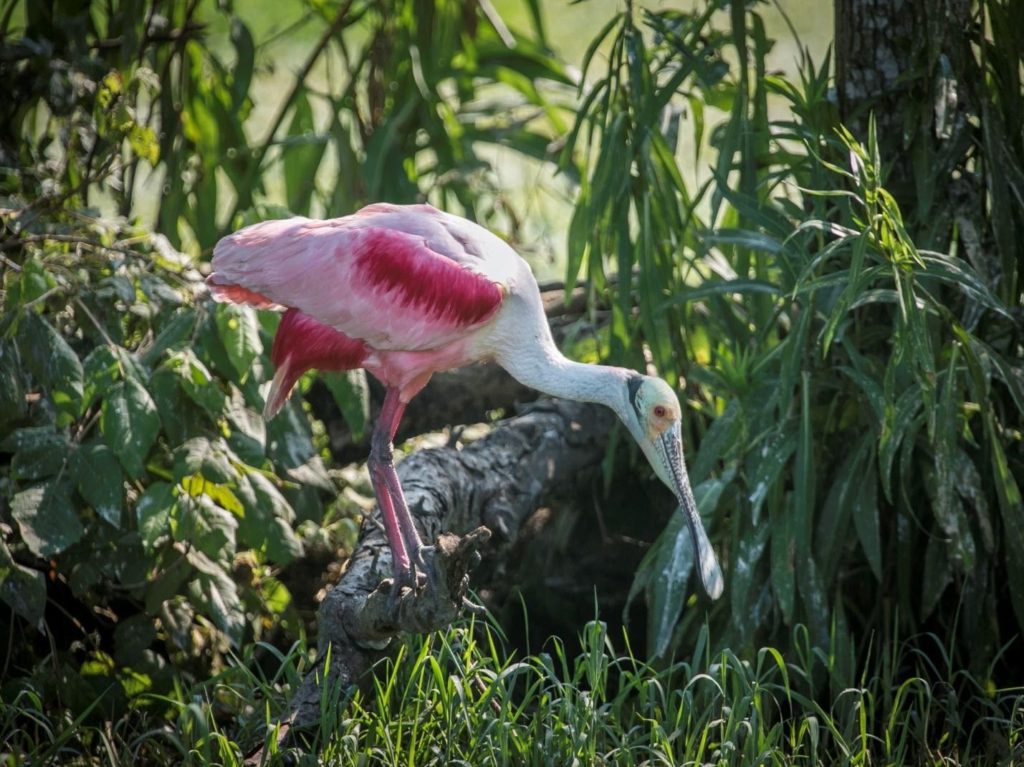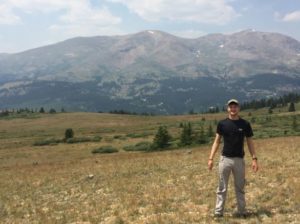by Dennis Clutter

One of the unintended side effects of the COVID-19 pandemic has been people’s engagement with the outdoors. Local parks are seeing increased traffic of people looking to break the cabin fever. Many of the people wandering around these parks may notice the birdlife around them, but they might not fully appreciate how diverse it is. North America has over 1,000 species of birds comprising several different families.
New Orleans benefits from some world-class bird biodiversity. The city contains both native species and migrants this time of year – Louisiana lies within the Mississippi Flyway, a major bird migration route.
Birdwatching is a great activity for our current situation. You don’t have to touch anything, and it gets you outside. What else do you need? If you are looking to start a new hobby or for a way to challenge yourself, learning how to identify birds is a great undertaking. Even if you are not looking to identify birds, admiring them as a side activity during a walk around the park is still extremely worthwhile. Just make sure to adhere to social distancing recommendations while you’re out there.
Here are some basic steps to birding:
- Go outside! Birdwatching can be done anywhere, from urban environments to alpine forests. If you can go there, I promise birds were there first.
- Be observant! Stay quiet and listen to your surroundings, as hearing a bird may lead you to it. If you do see a bird and want to ID it, don’t jump to your app or field guide right away; take some time to look for certain notable features before using your references.
- Narrow down your search! It’s important to try to figure out in what general category the bird is in. Look for physical and behavioral characteristics to help in your search. Is it in the water? There’s a hint. Is that bird found where you are? There’s another hint. Is it pecking wood? If so, it just might be a woodpecker. The resource list compiled below will help you in your search.
- Take your best guess, or don’t guess at all! It’s OK to be wrong in identification (I am regularly), and it’s OK to not be sure. Birding, like any other skill, takes practice and repetition. Don’t get frustrated that you couldn’t figure it out; you just found an excuse to go birdwatching again.
The most important attribute of a birdwatcher is not expensive binoculars but the desire to be outdoors and learn. So go watch some birds! Below are some resources to get you started.
- Cornell Merlin App – https://apps.apple.com/us/app/merlin-bird-id-by-cornell-lab/id773457673
This is the gold standard of mobile apps for birding. You can download packs for whatever region you are in. Once you see a bird that you want to identify, you input basic characteristics like relative size, your location, and color, and the app will give you several possibilities along with pictures.
- iNaturalist – https://apps.apple.com/us/app/inaturalist/id421397028
This citizen science project has an app that can let you snap a picture of up-close species and will help in ID.
- Sibley Birds Field Guides – https://www.sibleyguides.com/
If you are looking to delve even deeper, these physical books are the best US field guides one can own. I particularly enjoy the West/East field guides, but make sure to get the right one for your region.
- eBird – https://ebird.org/home
Another citizen science initiative, eBird is a conservation tool that allows birdwatchers to contribute to global data on bird abundance and distribution by submitting lists of birds they see. The website can you show maps with local birding hotspots for your part of the world. Once you shore up on your identification skills, consider making an account and helping contribute to this project.
*Shameless plug: if you enjoy birdwatching and have some schedule flexibility in future semesters, consider taking Ornithology (EBIO 4200). It is a spring class that is incredibly informative and takes you to several parts of the Gulf Coast on weekly field trips. That class started me off on my own birdwatching journey.
About the Author

Name: Dennis Clutter
Year in School: Senior
Major: Environmental Biology
Hometown: Houston, Texas
Favorite Outdoor Activity: Backpacking, Fly Fishing
Favorite Camp Food: Mac and Cheese
Ideal Outdoor Adventure Trip Destination: Wind River Wilderness, Wyoming
If you were stranded on a desert island, what/who would you bring with you: Fishing gear, binoculars, and Sibley Birds East